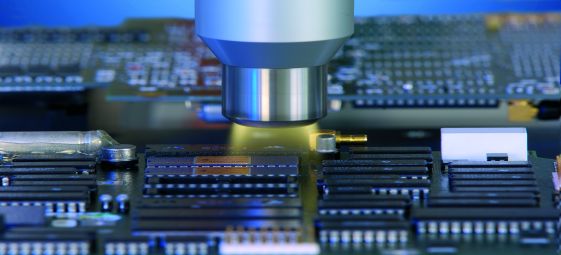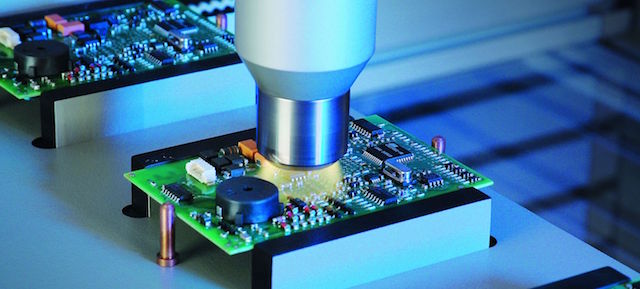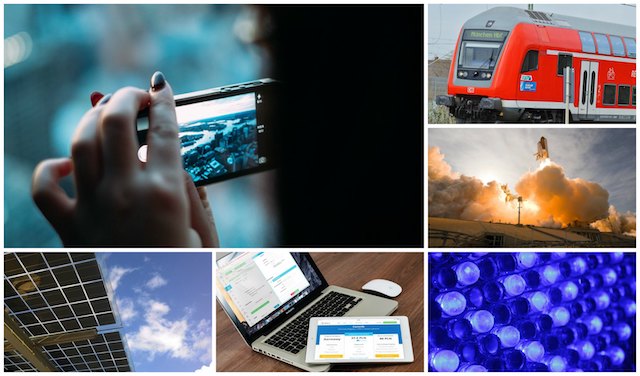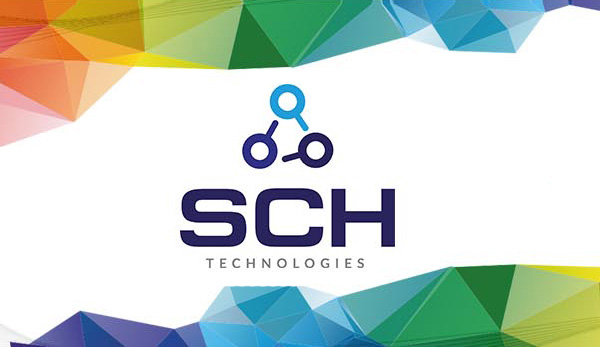Plasma coating is the application of a nano-coating material onto a surface via a plasma.
Using a jet nozzle the material is supplied to the plasma. Next, the plasma excites the material and this increases the coatings reactivity.
This extra reactivity allows the material to optimally cover the surface of the substrate and bond much tighter.
The plasma coating process can be adjusted individually to the substrate. It can be used to coat different materials like metals, glass, ceramics and plastics.
These nano coatings can be made to be hydrophobic (water repellent) and hydrophillic (water absorbant) depending on your requirements.
Examples of plasma coating applications include:
- Improvement of barrier characteristics of plastics for packaging
- Improved paint application with long-term stability and resulting high flexibility in manufacturing
- PT Release coatings, for injection molding tools, allow a high number of process cycles without the components having to be stressed with release agents that contain silicone.
- PT Bond coatings assuring long-term adhesion in the adhesive joint.
- Corrosion protection coatings that offer extremely high corrosion protection with long term resistance to corrosive electrolytes (especially for aluminum alloys) because of their good barrier effect
Want to know more about plasma coating and protecting your products?
Contact us
Call us on +44 (0) 1226 249019, email your requirements on sales@schservices.com




